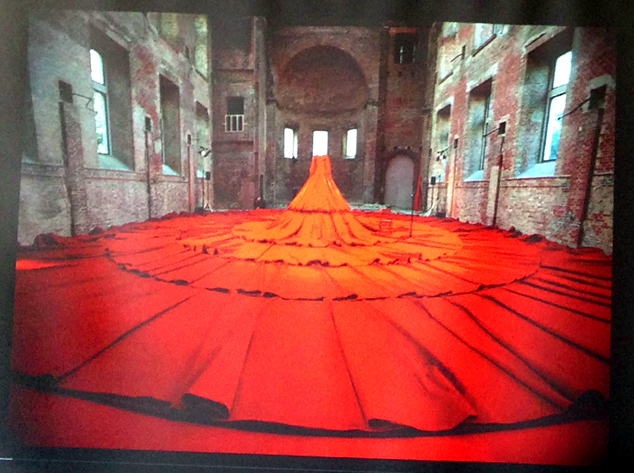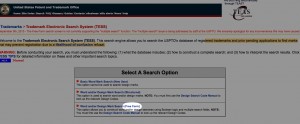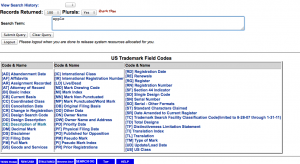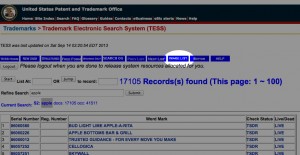This month’s Homegrown featured Trademark and Copyright Attorny, Ed Timberlake, of Timberlake Law. Ed began by pointing out the common ground among designers and lawyers. Both work on projects long term and have to work within the client’s budget. There is also a common enemy—cliches, unoriginal ideas requested by clients.
Intellectual Property
Ed told us his interest in Intellectual Property was what led him to go into Trademark law. He said that there is not an agreed upon definition of what Intellectual Property is. People tend to talk about it as one common thing, but that is as effective as saying “I’m into art.” It’s way to broad.
Intellectual Property is 3 things:
Trademarks
Copyrights
- Copyrights are what things are
Patents
- Patents are about what things do
These are all separate concepts that cover separate interests. “TM” means not a registered trademark. Registered marks get the “R.” When you apply to register a trademark, the Trademark Office approves the application if it is clear that it won’t be confused for anything else that is already in use. You don’t need to register a trademark before using it, nor do you have to register a copyright. Anyone who has ever created anything owns a copyright, even emails. Copyrights are instantaneous. The benefit in registering your copyright and trademarks is that, like having a birth certificate, there advantages to having it.
Trademarks in a nutshell
A Trademark isn’t one thing, it’s two:
- Symbols (ex. the Nike swoosh)
- Stuff (ex: Nike shoes)
These are the coordinates that you need to have a trademark. You have to present the symbol in setting so that it connects to the stuff. You don’t “try to trademark” something. As soon as you start using a symbol with something, the trademark begins, but you need both coordinates—the symbol and context.
Trademarks originated In preliterate society. They don’t function as words, they serve a consumer protection role. For example, way back in the day, it was required to put a symbol on swords. This was not done out of pride, but to serve as a source to identify its origins if it was a faulty product.
Symbol + Stuff= Source
The goal is to get that stuff associated with the symbol. So you need to have a strong and effective trademark. A weak trademark doesn’t effectively point back to the source. For example, naming your new restaurant “Bar and Grill,” it’s far to generic to be distinctive. Being distinctive is a hallmark of a trademark, it won’t work unless it is distinguishable from another trademark. You want your trademark to have sharp elbows, something that sticks out. Stop making sense, come up with something unique, and it will standout.

Use
You enact a trademark simply by using the “TM” symbol. Ed explained trademark use as being more like babies than cars—you don’t need permission to have baby, and you don’t need to ask permission to use a trademark. In comparison, he noted that it’s illegal to drive without registration, but that it is not illegal to use a trademark without registration. Many use trademarks without registering them. A local business with no direct competitors and no plans to expand or branch out online has little need to register their trademark. Business that have a strong history and are well known may opt to not register their trademark, reasoning that they’ve operated this way for so long, why bother now.
Context of use is important. Meaning depends on context. You can have a similar symbol registered for different things if they are not related. For example, you could have a similar mark for a shoe brand and for a brand of shovel because they are not related. As an example Ed showed several photos of men with different mustache styles. While the men all had mustaches, the styles were distinctive enough to be an identifying feature for each man.
Meet TESS
You may recall that the title of this month’s Homegrown was “Trademarks are Magic: Taking Inspiration From the Trademark Office,” well, here is where the inspiration comes into play. Meet TESS, the Trademark Electronic Search System. It is a database of registered trademarks and pending applications. It is, as Ed says, the “library where no one goes.” Ed believes the TESS database is better than a Google search, because there is far less in the database, so the results are more relevant, and less timely to parse through. Search results are clustered together in categories, so it is easier to search. Lastly, Ed says the results are all vetted as they have passed through the registration process and have been approved.
The database is a great place for historical research and to see what going on in a specific industry. Don’t be intimidated by the search interface, it’s not hard to understand, just play around and use the help function, which Ed says is extremely helpful. Use the free form section to search for art.

Plug in search term, then designate one of the US Trademark Field Codes using brackets, ex. [de]

[de] is description of the mark, and yields lot of good results without images, click on the Image list to see the marks.

Other useful codes that Ed uses in his searches are:
- [fd] filing date
- [md] mark drawing
- [rn] registration number, means its been registered, greater than zero 0 means its been registered.
- [rd] registration date. ex: [rd] < “19500000” to designate registration dates from 1950 and up.
- [gs] goods and services
- [ow] owner
After Ed’s presentation, I went back to my office and spent a few minutes getting to know TESS, and I could tell that we’ll become good friends. There really is a lot there to inspire you and I can see it becoming a valuable resource for research.